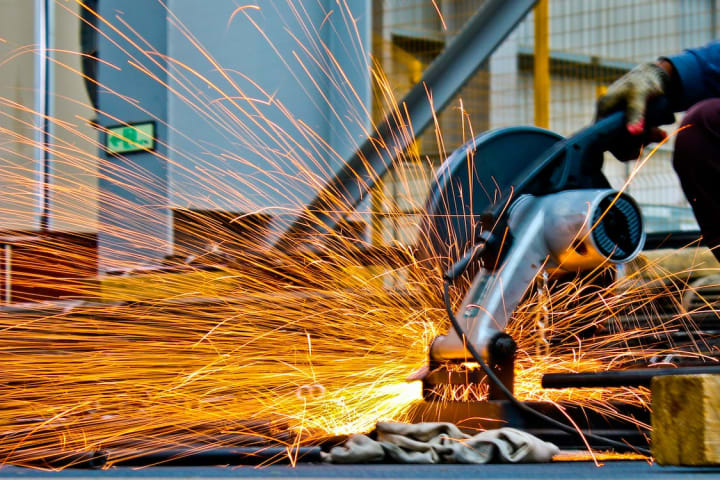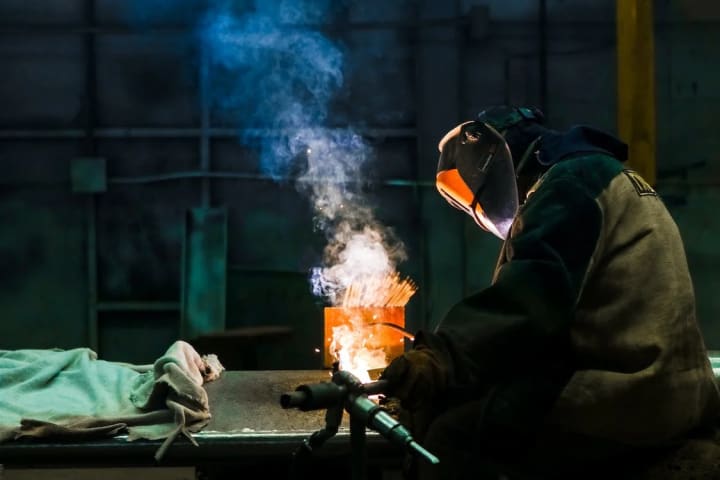Top 10 How Industrial Heat Exchangers Work: Understanding the Process
tips & tricks, you need to know

How Industrial Heat Exchangers Work: Understanding the Process
Industrial heat exchangers play a crucial role in various industrial processes, from energy generation to chemical manufacturing. But how exactly do these devices work, and what makes them so important? In this article, we'll take a closer look at the process of industrial heat exchange and explore the different types of heat exchangers commonly used in industrial applications.
What is Industrial Heat Exchange?
Industrial heat exchange refers to the transfer of heat energy from one substance to another within an industrial process. The heat transfer can occur in a variety of ways, such as through conduction, convection, and radiation. The goal of industrial heat exchange is to either heat or cool a substance, depending on the requirements of the process.

The Basic Principles of Industrial Heat Exchangers
At its core, an industrial heat exchanger consists of two fluid streams that flow in opposite directions. The fluid streams are separated by a thin, conductive material that allows for the transfer of heat energy from one stream to the other. This conductive material is often made of metal, such as copper, aluminum, or stainless steel, and can take the form of plates, tubes, or coils.
The transfer of heat energy occurs when the two fluids flow past each other, allowing the heat to be transferred from the warmer fluid to the cooler fluid. The heat exchanger itself does not add or remove any heat energy from the system, but instead, it facilitates the transfer of heat between the two fluid streams.
Types of Industrial Heat Exchangers
There are several types of industrial heat exchangers, each designed to accommodate specific applications and requirements. Some of the most common types of industrial heat exchangers include:
Shell and Tube Heat Exchangers
Shell and tube heat exchangers are one of the most common types of heat exchangers used in industrial applications. They consist of a bundle of tubes that run through a cylindrical shell. One fluid flows through the tubes, while the other flows around the tubes in the shell. This design allows for high heat transfer efficiency and is ideal for applications that require high pressure and temperature differentials.

Plate Heat Exchangers
Plate heat exchangers consist of a series of plates that are arranged in a pattern and bolted together. The plates are made of thin, corrugated metal, which allows for high heat transfer efficiency. The two fluid streams flow through alternate channels between the plates, allowing for efficient heat transfer.
Spiral Heat Exchangers
Spiral heat exchangers are designed with a spiral-shaped channel that allows the two fluid streams to flow past each other in a circular motion. This design allows for a compact footprint and high heat transfer efficiency, making it ideal for applications where space is limited.
Air Cooled Heat Exchangers
Air cooled heat exchangers are used in applications where water or other fluids are not readily available for cooling. They consist of a series of finned tubes that allow for heat to be transferred from the fluid to the surrounding air. This design is commonly used in power plants and other industrial applications where water is scarce.

Applications of Industrial Heat Exchangers
Industrial heat exchangers are used in a wide range of applications, from HVAC systems to chemical manufacturing. Some of the most common applications of industrial heat exchangers include:
- Heating and cooling of fluids in chemical processing
- Steam generation in power plants
- HVAC systems for commercial and industrial buildings
- Refrigeration systems for food processing and storage
- Heat recovery systems in industrial processes
Conclusion
Industrial heat exchangers are a critical component of many industrial processes, enabling efficient heating and cooling of fluids. By understanding the basic principles of industrial heat exchange and the different types of heat exchangers available, engineers and operators can select the best solution for their specific application needs. From shell and tube heat exchangers to air cooled heat exchangers, each design offers Unique and advantages.
If you are looking to incorporate an industrial heat exchanger into your process, it is important to work with a reputable supplier that can provide expert guidance and support. A trusted supplier can help you identify the optimal heat exchanger for your application, ensuring efficient and reliable operation.
About the Creator
Professional Articles Writer
Hello Viewers!
Welcome to My Profile
Please Likes, Subscribes and Views My Articles
Thank You.






Comments
There are no comments for this story
Be the first to respond and start the conversation.